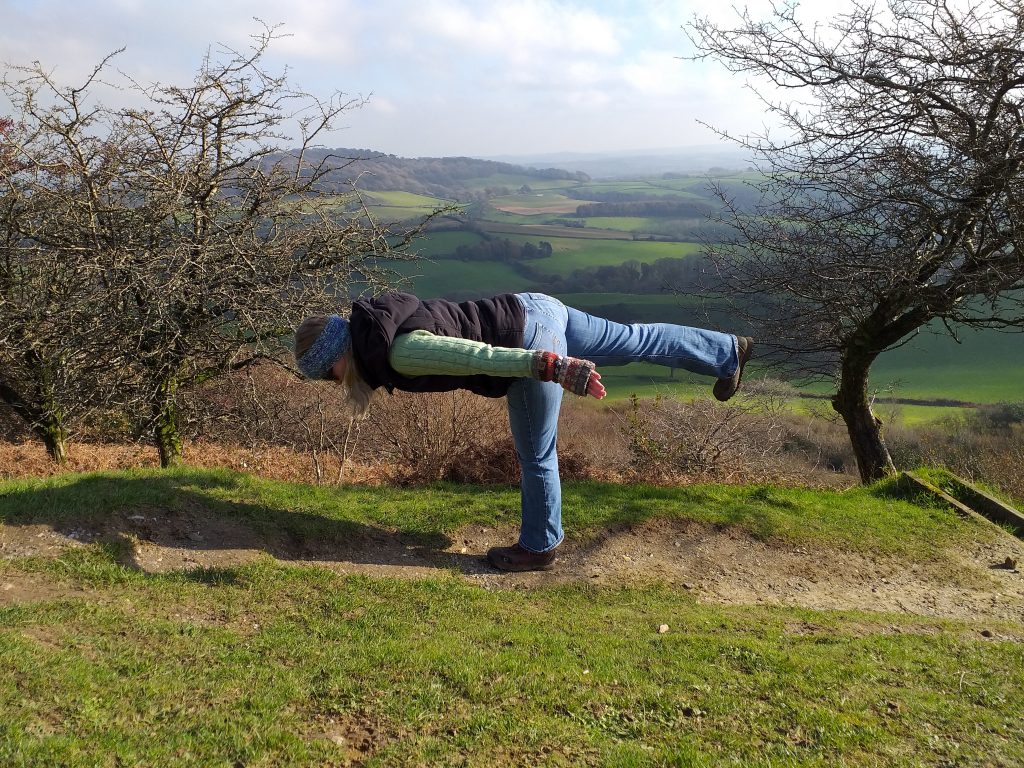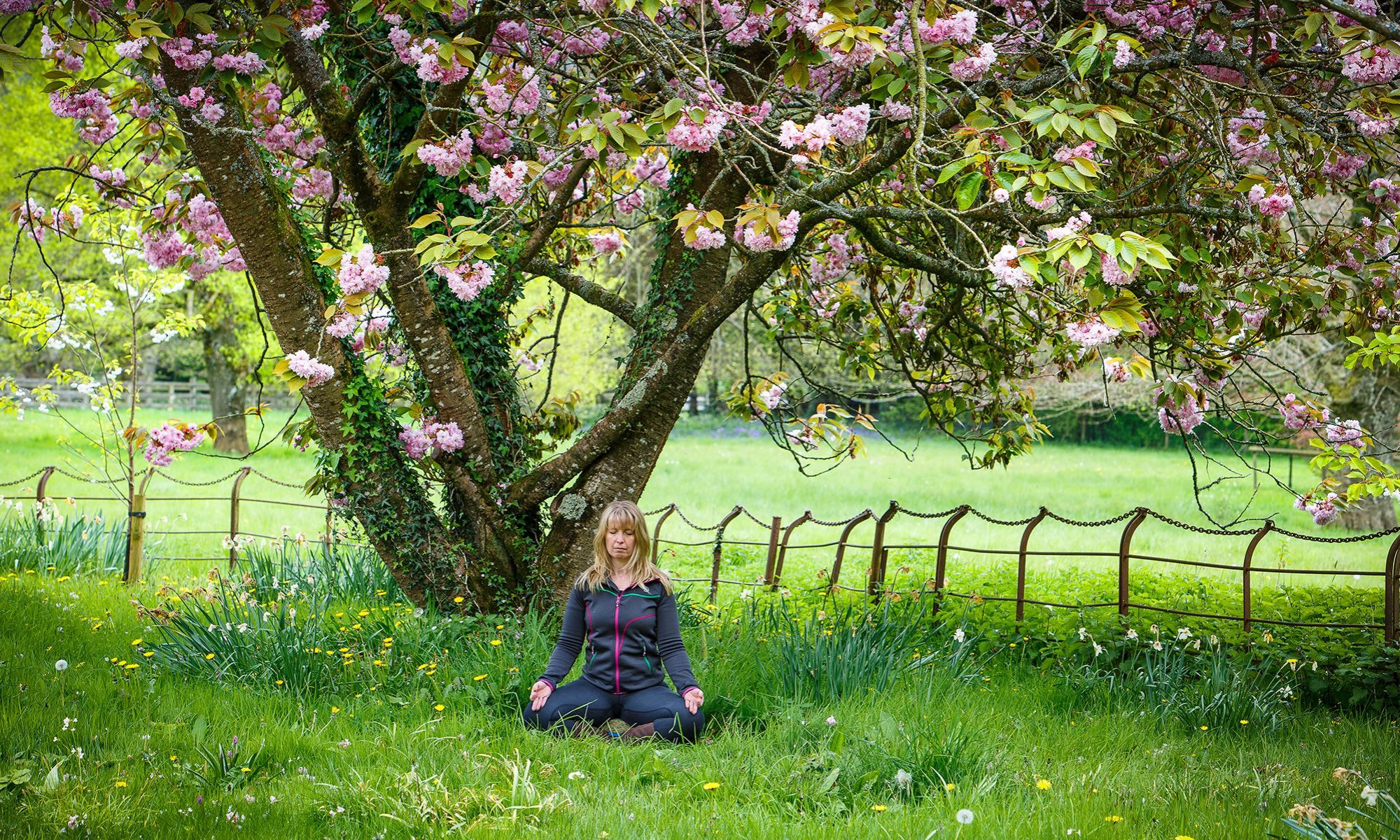Remember as a kid when you would skip and hop around the playground or walk along a balance beam in P.E. Shifting your weight from one foot to another as you nimbly moved about was easy and didn’t require much thought.
But as we age, that ease and grace of nimble movement deteriorates and our sense of balance starts to decline. Believe it or not you don’t need to be particularly old for your balance to suffer. Researchers at Harvard Medical School (Merfeld 2016) found that balance starts to decline from the age of 40 and gets worse with each passing decade. Unfortunately, many people don’t realise there balance has waned until they try and stand on 1 leg and wobble, or worse still they have a fall.
Effects of poor balance
In the UK poor balance is a major cause of falls. In 2017-18 there were around 220,160 emergency hospital admissions related to falls among patients aged 65+. Falls often cause broken ankles or hips, which take much longer to heal when you’re older. Whilst recuperating many people need help getting about and doing day-to-day activities, so they start to lose their sense of independence. Some people never regain their mobility and in 20% of cases, patients end up in long term care.
The fear of falling also has a detrimental impact on people’s mental health. A survey by the WRVS into the effects of falls on older people (2012), found that 20% of the over 75’s worry about falling. This affects their confidence and how often they leave their home, which leads to loneliness and social isolation.

How we balance
It’s not just about standing on one leg. To keep us upright the brain receives sensory messages from various parts of the body:
- Visual cues from our eyes
- Vestibular cues which detect motion and maintain balance from our inner ears.
- Sensory cues from our muscles, joints and skin.
All these let the brain know what position our body is in, in relation to our environment. They also help trigger the postural reflexes, which correct the orientation of the body when it shifts from being upright if we slip.
As well as the senses, to help us balance we need reasonably strong muscles and decent flexibility. Age related muscle atrophy starts in our 30s and causes loss of strength. Weak muscles make it harder to regain an upright position if we lose balance. Likewise stiff muscles and joints decrease our range of mobility, making it harder to move from one position to another. This means it’s easier to lose balance and harder to correct ourselves if we slip.
As we age various health conditions can impact these systems, for example poor eyesight, vertigo or arthritis. This can increase the likelihood of a fall and contributes to a fear of falling. As a consequence it’s common to slow down and become less active. But then you get caught in a vicious circle of sedentariness leading to a further decline in muscle strength, flexibility and poor balance.
How yoga improves and maintains balance in midlife
However it’s not all doom and gloom. Research (Sivaramakrishnan 2019 and Youkhana 2015) has shown that exercises like yoga can help slow down the deterioration in balance. In fact regular yoga practice can actually improve poor balance. The combination of static and dynamic poses performed within a class help keep the neuro-muscular system strong. Dynamic balancing, where the centre of gravity is moving, is also improved as we move from one pose to another. This means our vestibular system has to work harder, which keeps those postural reflexes in good shape.
Yoga keeps you flexible and a strengthening yoga practice helps keeps your core and muscles strong. Weight bearing poses like Downward Facing Dog, Planks, Warriors and Tree pose help maintain strong bones and joints, which can help ward off osteoporosis.
If you want to use yoga to help keep your balance, it’s never too late to start. Yoga poses can easily be adapted to suit an individual’s ability. I often use props, chairs and even the wall to help people move in and out of poses. So if your balance is poor you can start by practicing next to a wall for support. You will quickly notice improvements if you practice regularly.
You probably won’t go back to skipping around like a lively 6 year old. But taking up yoga in mid-life will definitely help you enter older age in a sprightly manner and keep your postural reflexes sharp so you’re less likely to fall. I run regular classes via Zoom, you can find details here.
References
- Divya Sivaramakrishnan et al, (2019) The effects of yoga compared to active and inactive controls on physical function and health related quality of life in older adults- systematic review and meta-analysis of randomised controlled trials
- Merfeld D. et al (2015) Vestibular Perceptual Thresholds Increase above the Age of 40
- Sabrina Youkhana, et al (2015) Yoga-based exercise improves balance and mobility in people aged 60 and over.

